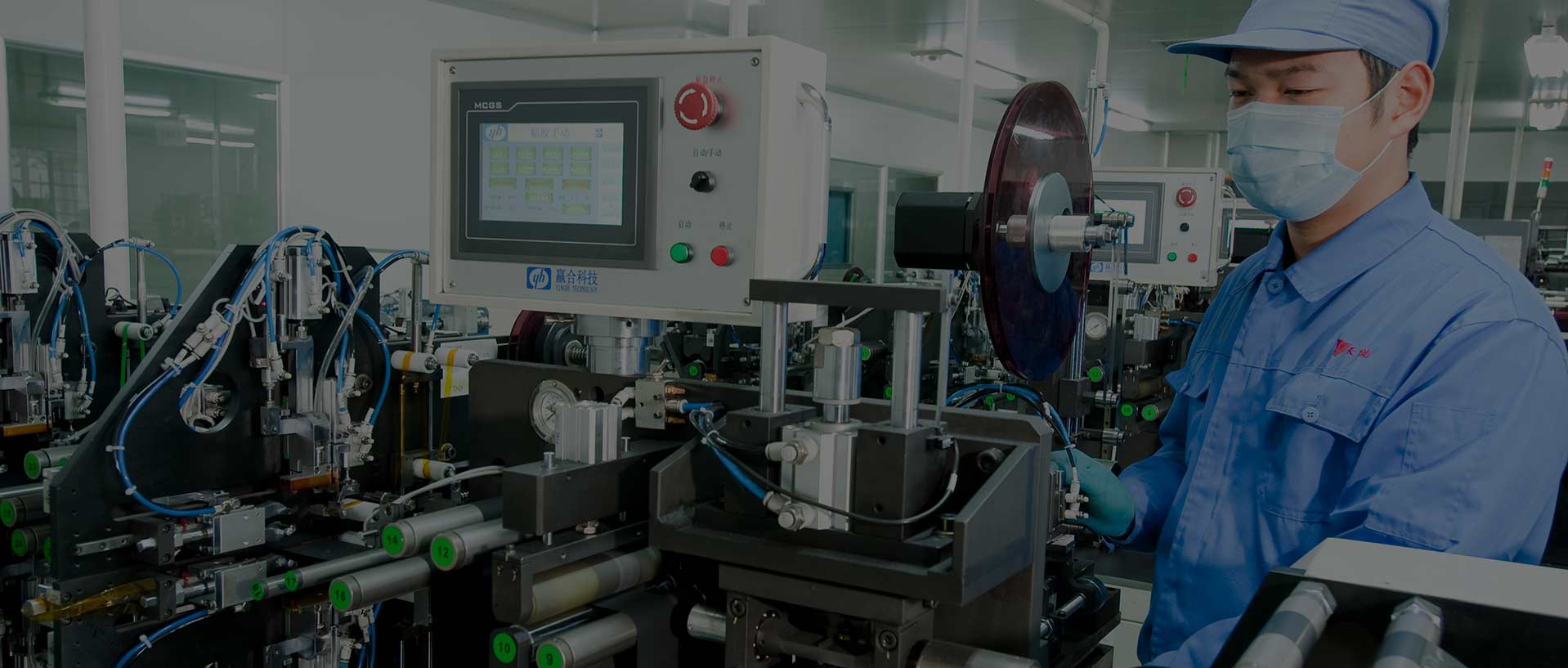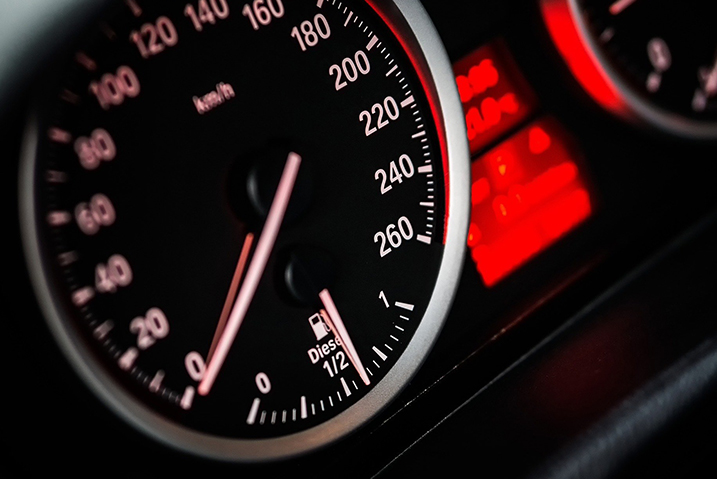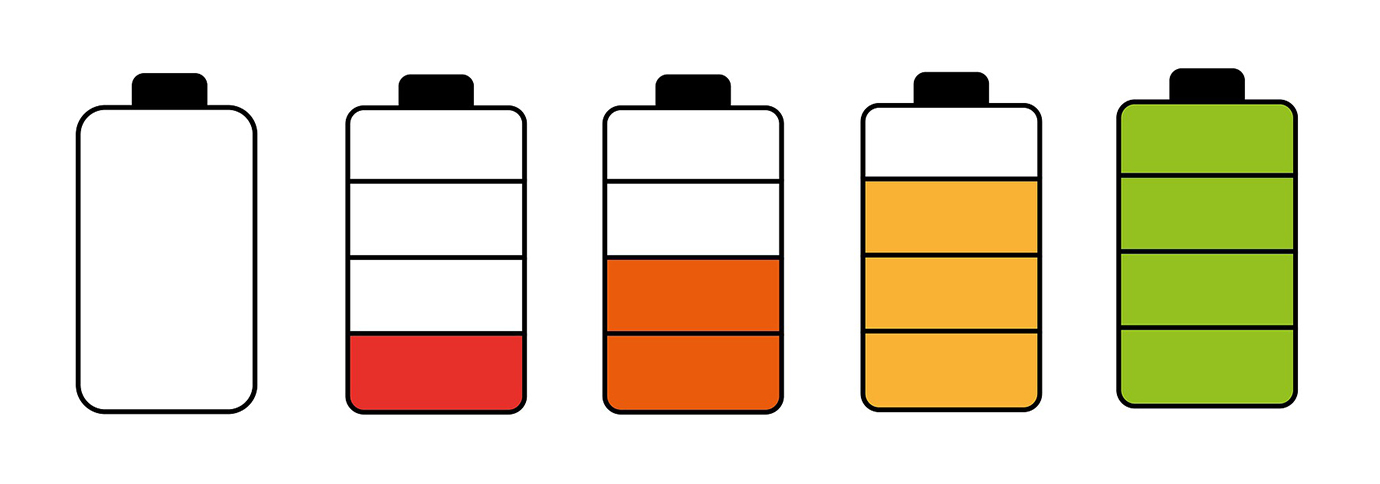Patent technology and innovation

High energy density ensures longer mileage
Extended cycle life promises outstanding service life
Continuous large current realizes great gradeability
Low and high temp can performance withstands harsh environments.
High-rate charge acceptance enables fast-charge requirement
Instant discharge current ensures traction requirements
Continuous large current drives heavy-duty load
Extended cycle life promises outstanding service life
High temp. performance provides great temp. tolerance
High-rate charge acceptance enables fast-charge requirement
GEL Technology realizes maintenance-free requirements
Extended floating life promises outstanding service life
High-rate instant discharge capability meets the need of UPS/EPS
Remarkable temp. tolerance adapts to wide operating temp.
Excellent consistency allows flexible grouping
Front terminal type enables easy connection
AGM/GEL Technology realizes maintenance-free requirements
Outstanding conversion efficiency provides the highest energy efficiency
Extended cycle life promises outstanding service life
Unique PSOC performance overcomes partial statue of charge
Remarkable temp. tolerance adapts to wide operating temp.
Excellent consistency allows flexible grouping
AGM/GEL Technology realizes maintenance-free requirements
High-rate instant discharge capability enables quick start
Remarkable CCA performance ensures low-temp. starting
Large reserve capacity fulfills the load consumption on-board
Lower water loss decreases the maintenance rate
Extended cycle life promises outstanding service life
Outstanding DCA performance adapts to frequent start
Start-stop design and technology

Patent technology and innovation
Automation and intelligent manufacture
1 million units per day
For starting, ignition, and lighting of various automobiles, tractors, and diesel engines. With the small internal resistance, the lead-acid storage battery is widely for vehicles that require large current discharge when starting.
Used in power plants, substations, communication, hospitals, etc. The lead-acid battery cell can also work as a backup power source for protection, automatic control, emergency lighting, communication, etc.;
Used for all kinds of battery cars, forklifts, forklifts, mine electric locomotives, etc. Capable of meeting the requirements of thick plate and large capacity, the lead storage cell can work as an electric traction battery and lighting power supply as well.
For starting, ignition, and lighting of various automobiles, tractors, and diesel engines. With the small internal resistance, the lead-acid storage battery is widely for vehicles that require large current discharge when starting.
Used in power plants, substations, communication, hospitals, etc. The lead-acid battery cell can also work as a backup power source for protection, automatic control, emergency lighting, communication, etc.;
Used for all kinds of battery cars, forklifts, forklifts, mine electric locomotives, etc. Capable of meeting the requirements of thick plate and large capacity, the lead storage cell can work as an electric traction battery and lighting power supply as well.

Prevent electrolytes from flowing out. At the time of charging, the lead-acid battery will generate hydrogen and oxygen, and since the lead accumulator cell is a relatively closed space, the internal pressure of the battery will then inevitably increase when charging. Under internal pressure, the electrolyte inside the battery may more or less flow out of the battery. Thus, it is of great significance to clean up the electrolyte on the surface of the lead storage battery and prevent the outflow of the electrolyte. Otherwise, it will accelerate the corrosion of electrode screws.
Keep the lead-acid storage cell and connecting wires dry and clean to avoid leakage. Regularly clean the battery surface and connecting wires with a dry cloth. Do not use organic solvents to wipe. If the appearance of the lead-acid accumulator cell is adversely affected, it should be replaced in time.
Check the terminals regularly and there should be no looseness. Remove oxides from the terminals and wire joints, and strictly prohibit metal debris and other debris from entering the lead-acid battery packs.
Try to avoid deep discharge and over-discharge, the charge is best when the discharge depth is about 70% (that is when the remaining power is about 30%).

The lead storage cells should use the original charger and the charger matched by the regular manufacturer. After the lead-acid accumulator cell is fully charged, it should not be charged for a long time to avoid overcharging and losing water. The charging process should avoid outdoor cold weather in winter and exposure to hot sun or other high-temperature scenes in summer.
When the lead-acid battery is in storage, the battery should be fully charged and stored, and periodically recharged every other month to avoid sulphation and capacity loss of the battery plate.
When the battery usage time is suddenly shortened sharply or the discharge performance is greatly reduced, it should be checked by professional maintenance staffs in time to check whether the charger, motor, battery, etc. are abnormal, and abnormalities are eliminated in time.
During the use of the lead accumulator cell, the maintenance of single charge and single discharge should be done every six months, so as to extend the service life of the lead-acid cell.
If you have any other questions regarding the maintenance of lead-acid accumulators, feel free to contact Tianneng Group, one of the professional lead acid battery suppliers in China, at any time!
Maintenance-free AGM/GEL technology is widely used in Tianneng Battery, which is more suitable for daily use. So there is no need to add water during normal application.
Under normal use of the battery, the main reason is that the battery performance is reduced due to the softening of anode lead paste and the increase of grid corrosion.
If lead-acid batteries are not charged and discharged for more than 6 months, it will lead to negative sulfation, resulting in a significant reduction in capacity, etc.
Lead-acid battery enjoys a wide range of operating temperature, from -20°C to 50°C, and it will have a higher ratio of discharge capacity than lithium battery.
Most Tianneng batteries are valve-regulated lead-acid battery, and this kind of battery will automatically exhaust internal gas and release pressure, so there is no risk of explosion under normal application.




